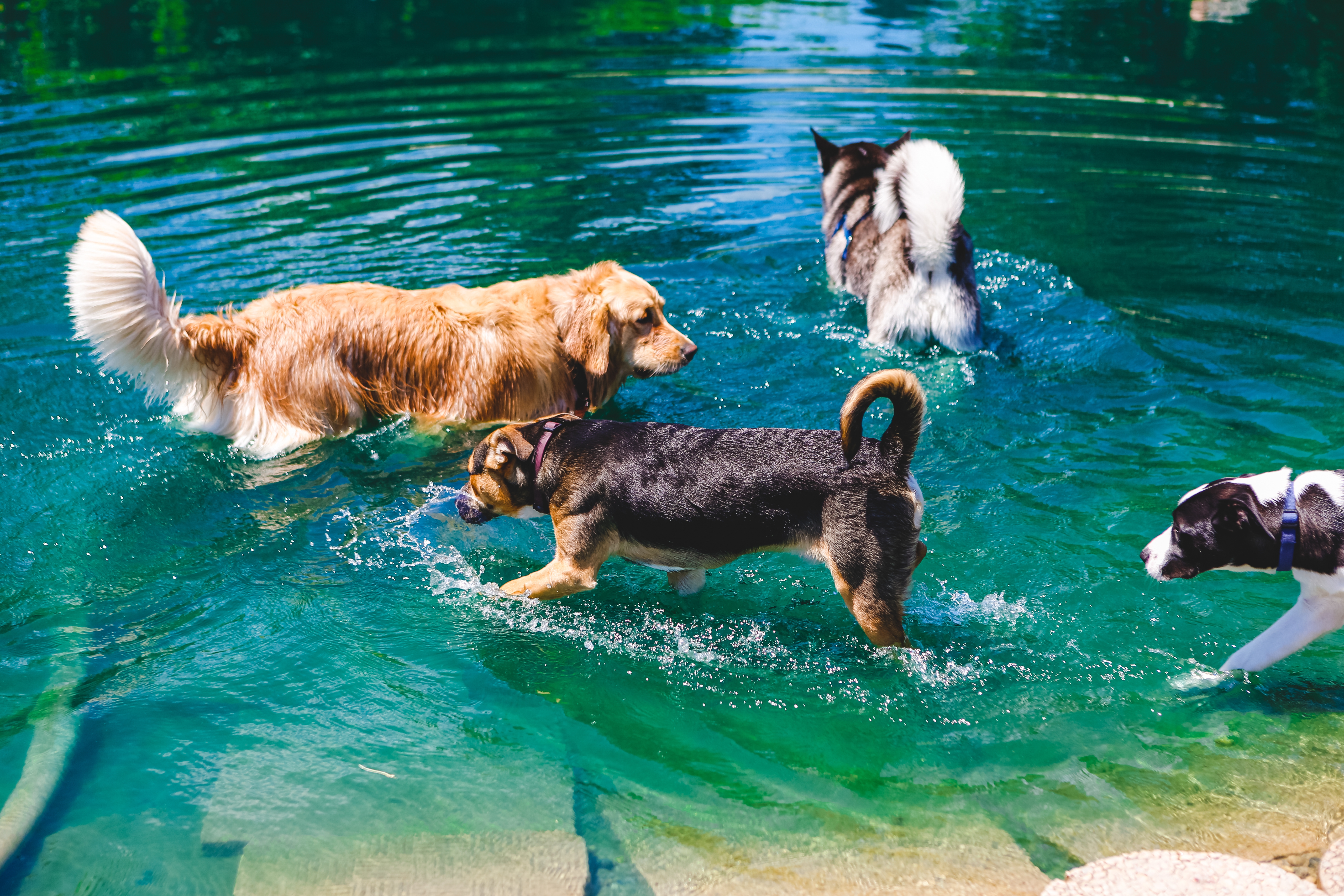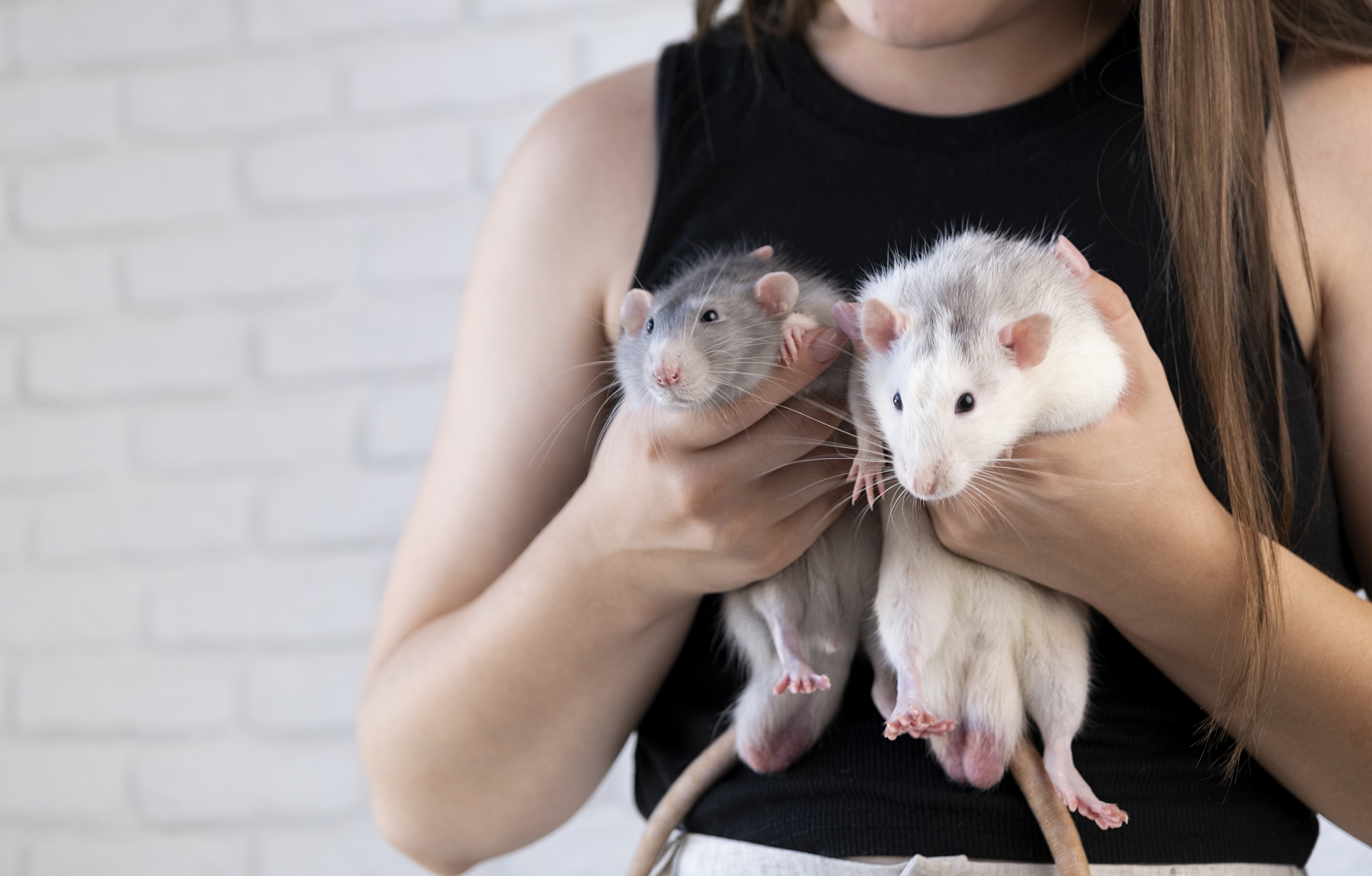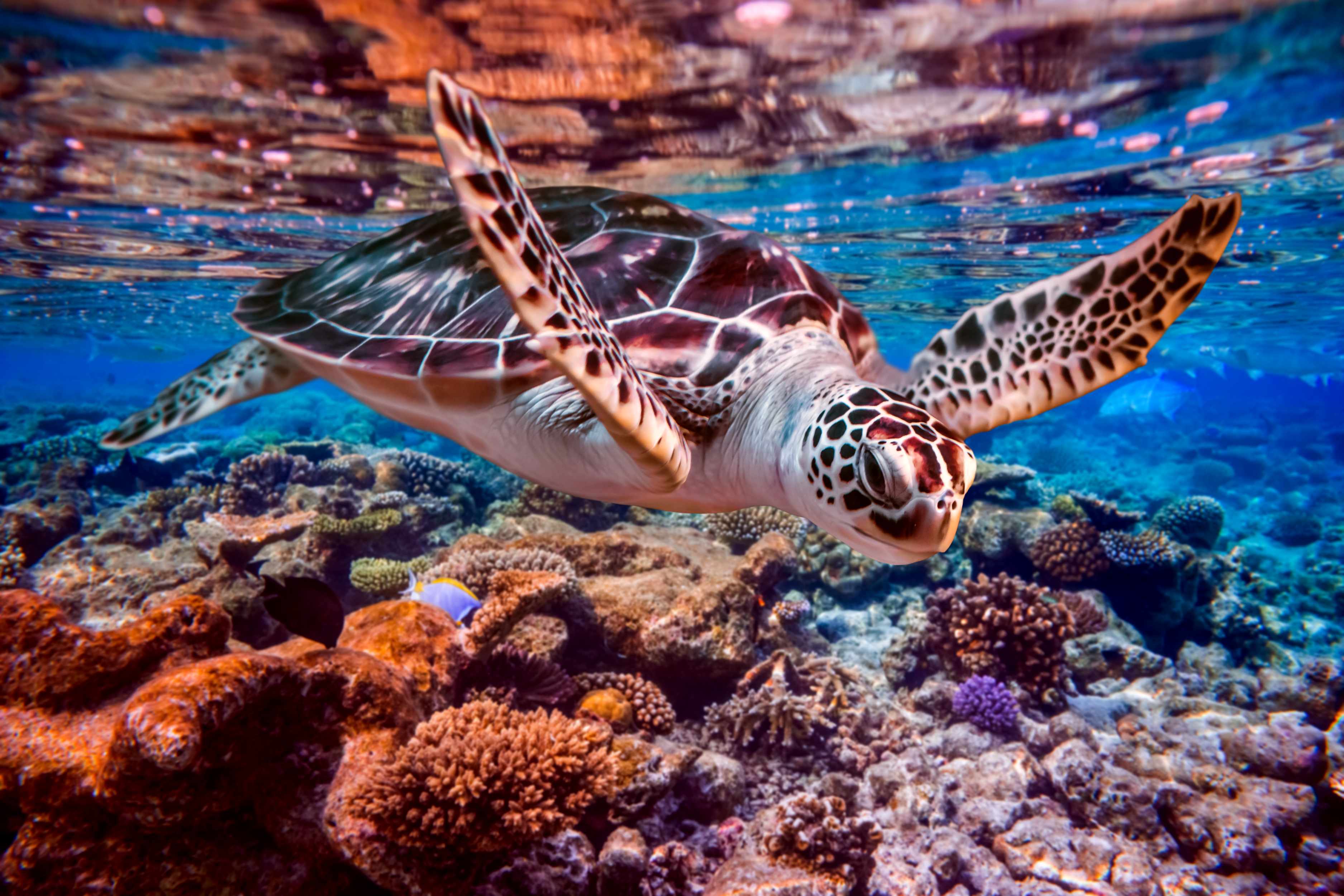10 Animals That Can Clone Themselves Naturally
In the vast tapestry of life on Earth, few phenomena capture the imagination quite like the natural ability of some organisms to clone themselves. This remarkable process, known as asexual reproduction, allows certain animals to produce genetically identical copies without the need for a mate. The concept of cloning, often relegated to the realm of science fiction, is a daily reality for these extraordinary creatures. This article delves into the lives and capabilities of 10 such animals, each with its unique method of self-replication. By exploring these natural wonders, we gain insight not only into the marvels of evolution but also into the complex mechanisms that sustain biodiversity on our planet.
1. The Starfish: Regeneration and Reproduction
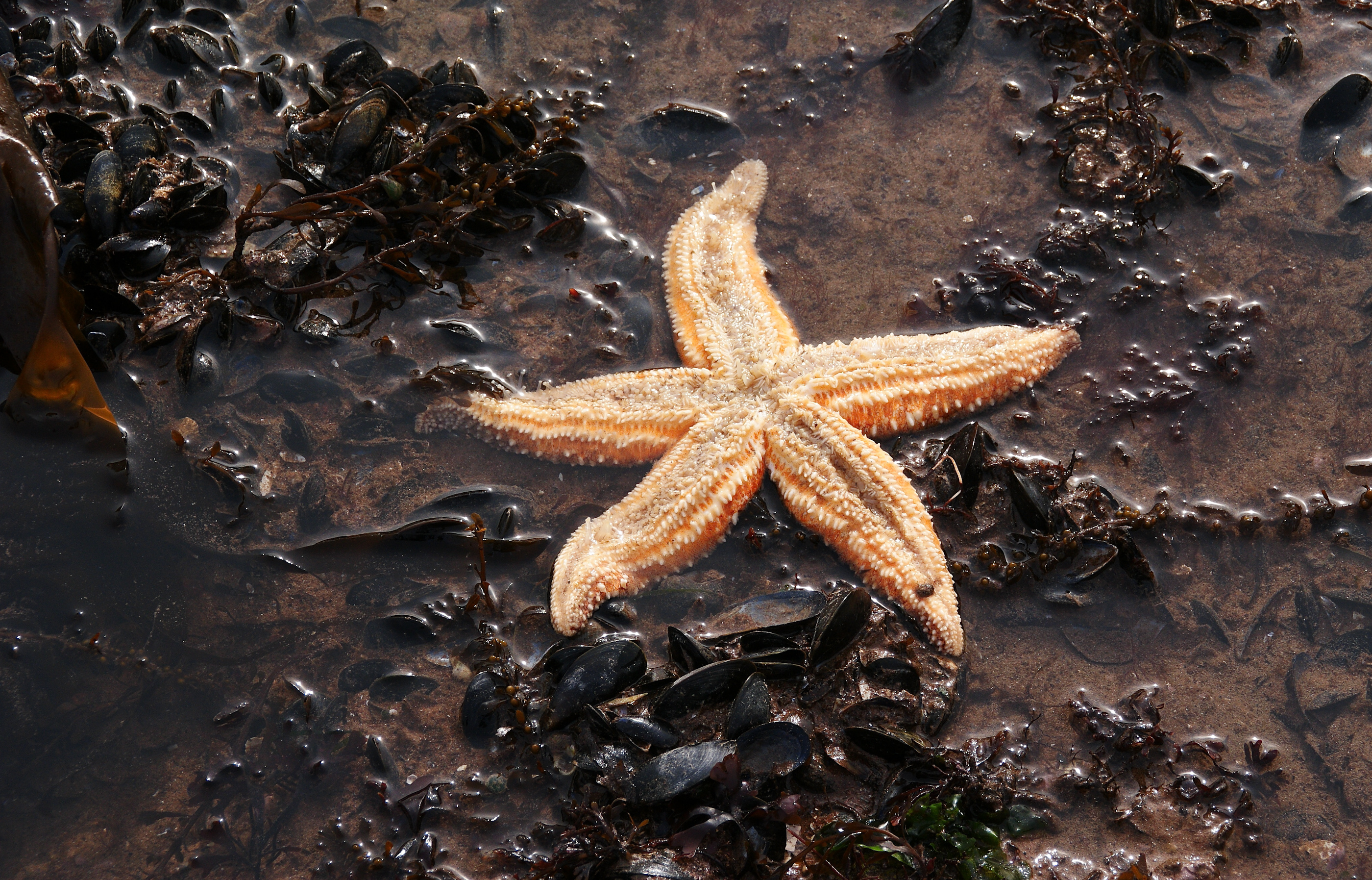
Starfish, or sea stars, are perhaps the most iconic examples of self-cloning in the animal kingdom. These echinoderms possess the incredible ability to regenerate lost body parts, a skill that extends to asexual reproduction. When a starfish loses an arm, not only can it regrow the limb, but the severed arm can also develop into a completely new starfish if it contains part of the central disc. This regenerative process is a testament to the resilience and adaptability of starfish, allowing them to thrive in diverse marine environments. The cellular mechanisms behind this regeneration involve complex signaling pathways and stem cell activity, making starfish a subject of interest in regenerative medicine research.
2. The Marbled Crayfish: A Modern Marvel
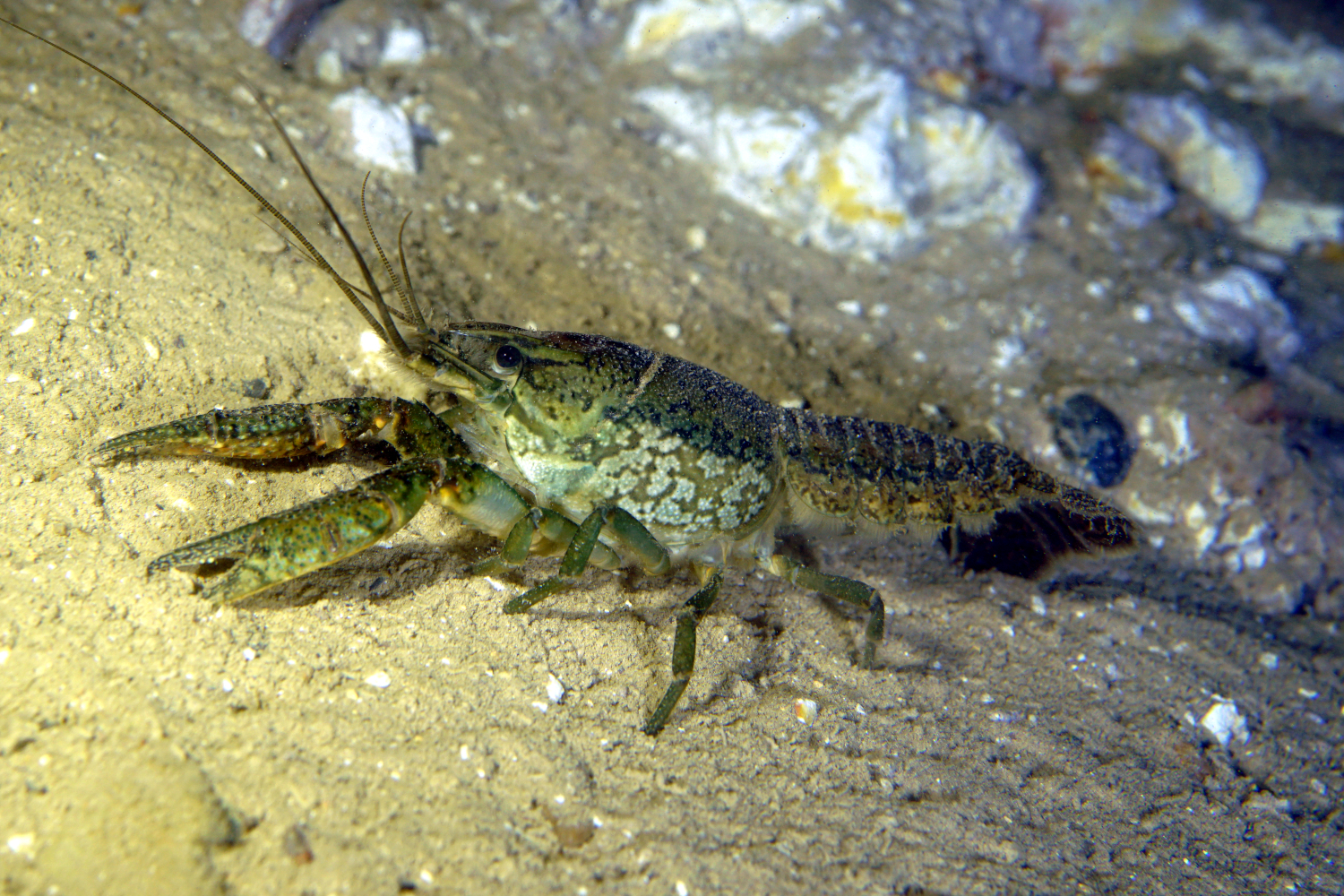
The marbled crayfish, or Marmorkrebs, is a relatively recent discovery in the world of self-cloning animals. Unlike other species, this crayfish can reproduce via parthenogenesis, a form of asexual reproduction where an egg develops into an organism without fertilization. This unique reproductive strategy allows the marbled crayfish to rapidly colonize new habitats, as a single individual can establish a thriving population. This adaptability has led to their spread across Europe and beyond, often raising concerns about ecological impacts. The genetic makeup of the marbled crayfish is identical across individuals, providing a fascinating case study for understanding genetic diversity and evolutionary strategies in asexual organisms.
3. The Komodo Dragon: A Surprising Reproductive Strategy
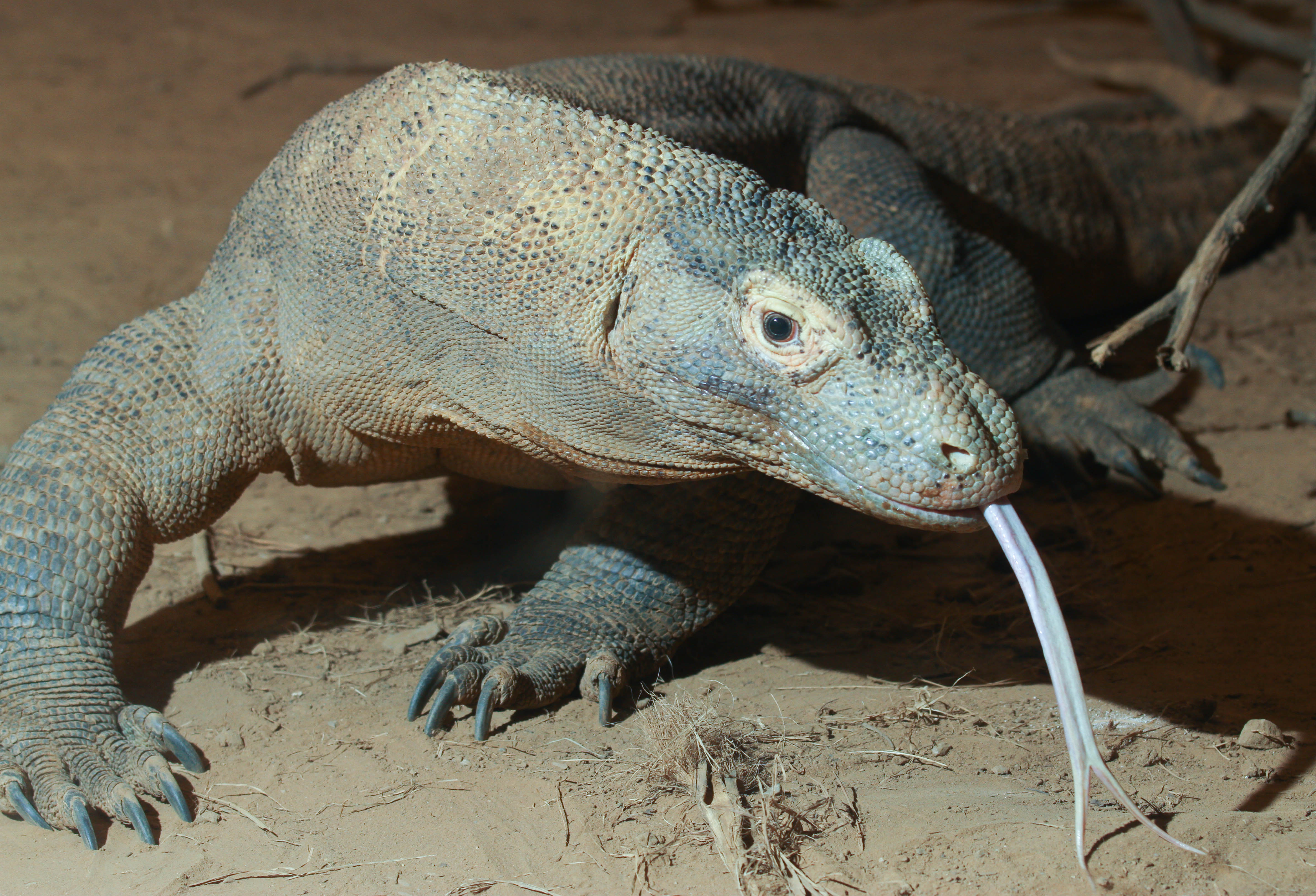
Komodo dragons, the largest lizards on Earth, are known for their formidable presence and predatory prowess. However, these reptiles also possess the surprising ability to reproduce asexually through parthenogenesis. This capability was first observed in captive females that laid viable eggs without any male interaction. In the wild, this reproductive strategy could be advantageous in isolated environments where mates are scarce. The genetic implications of parthenogenesis in Komodo dragons are intriguing, as it results in offspring with limited genetic diversity. Yet, this ability underscores the evolutionary flexibility of these remarkable reptiles, enabling them to persist in challenging conditions.
4. The Hydra: Immortality and Cloning
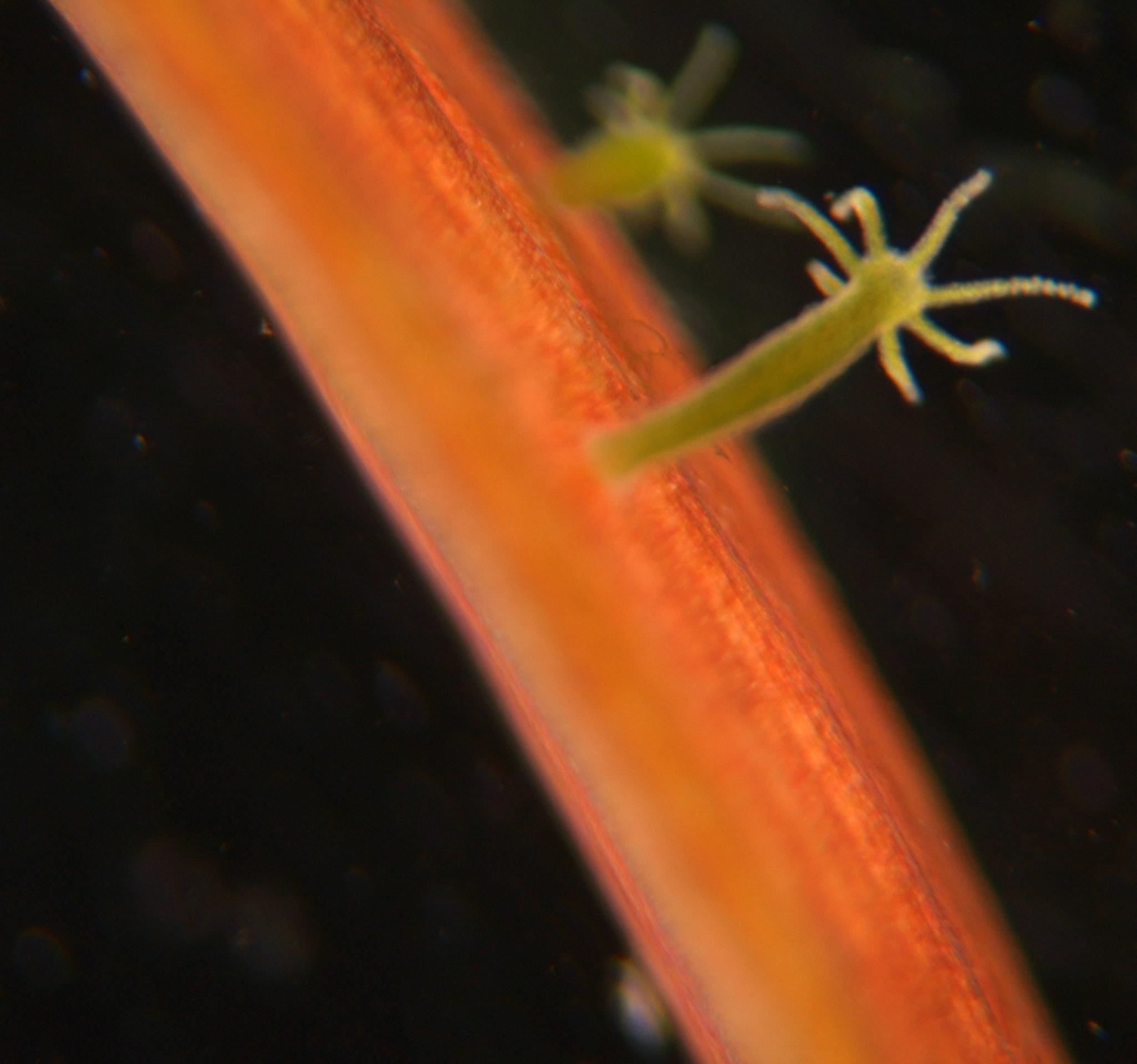
Hydras, small freshwater organisms, are renowned for their regenerative abilities and potential immortality. These simple creatures can continuously replace their cells, effectively avoiding aging and death. Asexual reproduction in hydras occurs through budding, where a new individual grows directly from the body of the parent. This process not only ensures rapid population growth but also maintains the genetic consistency of the species. The hydra's regenerative prowess is linked to its abundant stem cells, which have become a focal point of scientific research into aging and longevity. By studying hydras, scientists hope to unlock secrets that could one day inform human medicine and extend healthy lifespans.
5. The Planarian Flatworm: Regeneration on Display
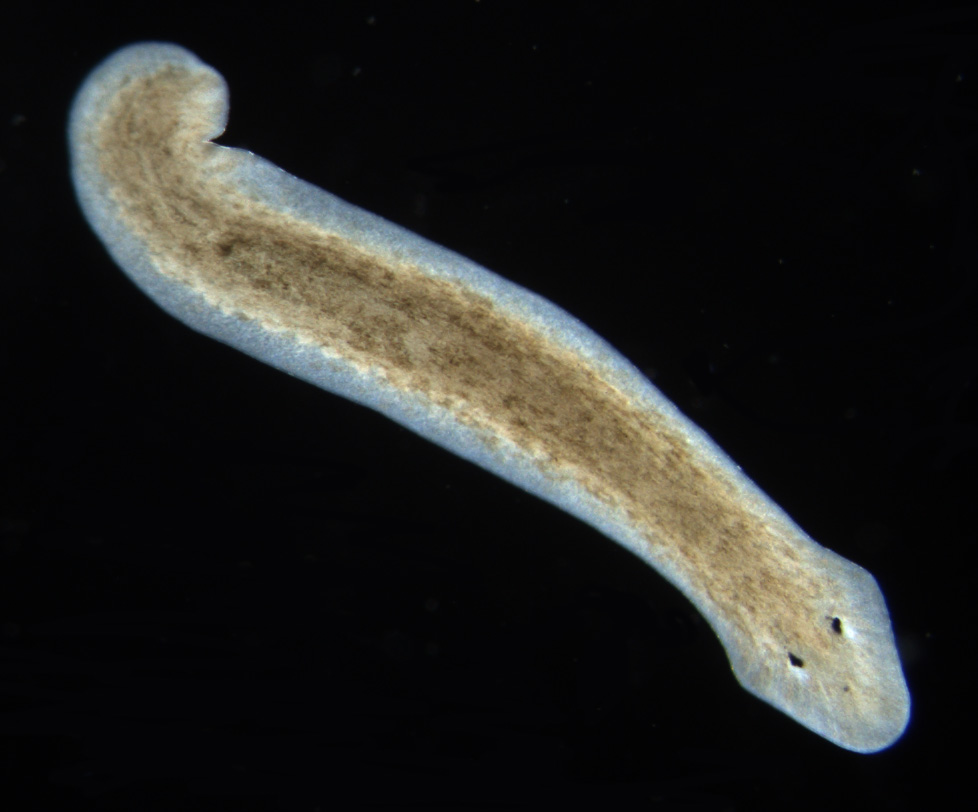
Planarian flatworms are celebrated for their extraordinary regenerative capabilities, rivaling those of the hydra. These simple worms can regenerate an entire organism from a small fragment, thanks to a high concentration of pluripotent stem cells known as neoblasts. This ability extends to asexual reproduction, where planarians can split into two or more parts, each regenerating into a complete worm. The study of planarians has provided valuable insights into the molecular and genetic mechanisms underlying regeneration. Understanding how these organisms control cell proliferation and differentiation could have profound implications for regenerative medicine and tissue engineering.
6. The Sea Anemone: Cloning in the Coral Reefs
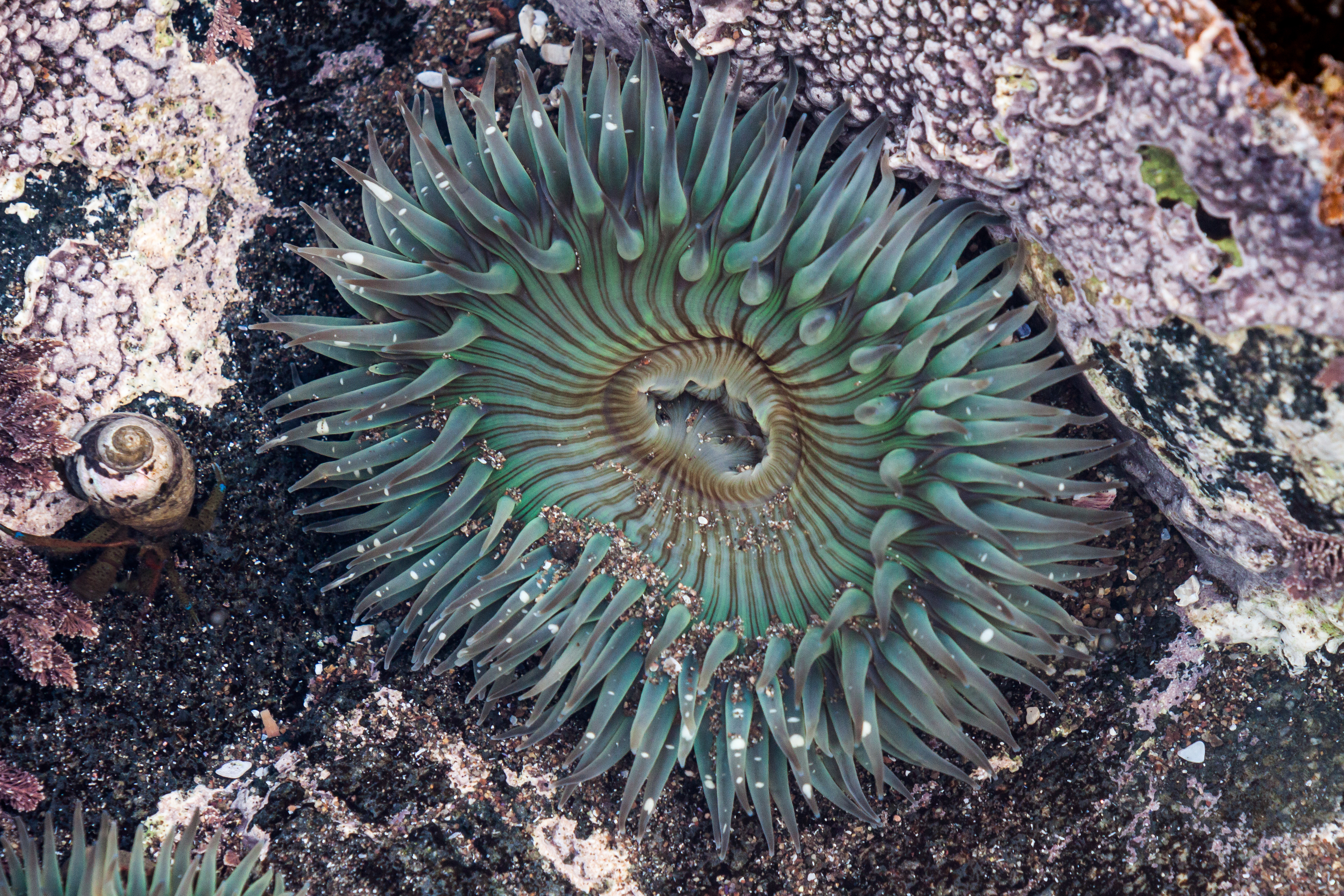
Sea anemones, often mistaken for plants, are fascinating marine animals capable of both sexual and asexual reproduction. Through a process called fission, a sea anemone can split into two genetically identical individuals. This ability allows them to rapidly colonize coral reefs, contributing to the complex ecosystems found in these vibrant underwater landscapes. The cloning process in sea anemones is influenced by environmental factors such as water temperature and nutrient availability, highlighting the intricate relationship between organisms and their habitats. As foundational species in coral reefs, sea anemones play a critical role in maintaining biodiversity and ecosystem stability.
7. The Aphid: A Master of Rapid Reproduction
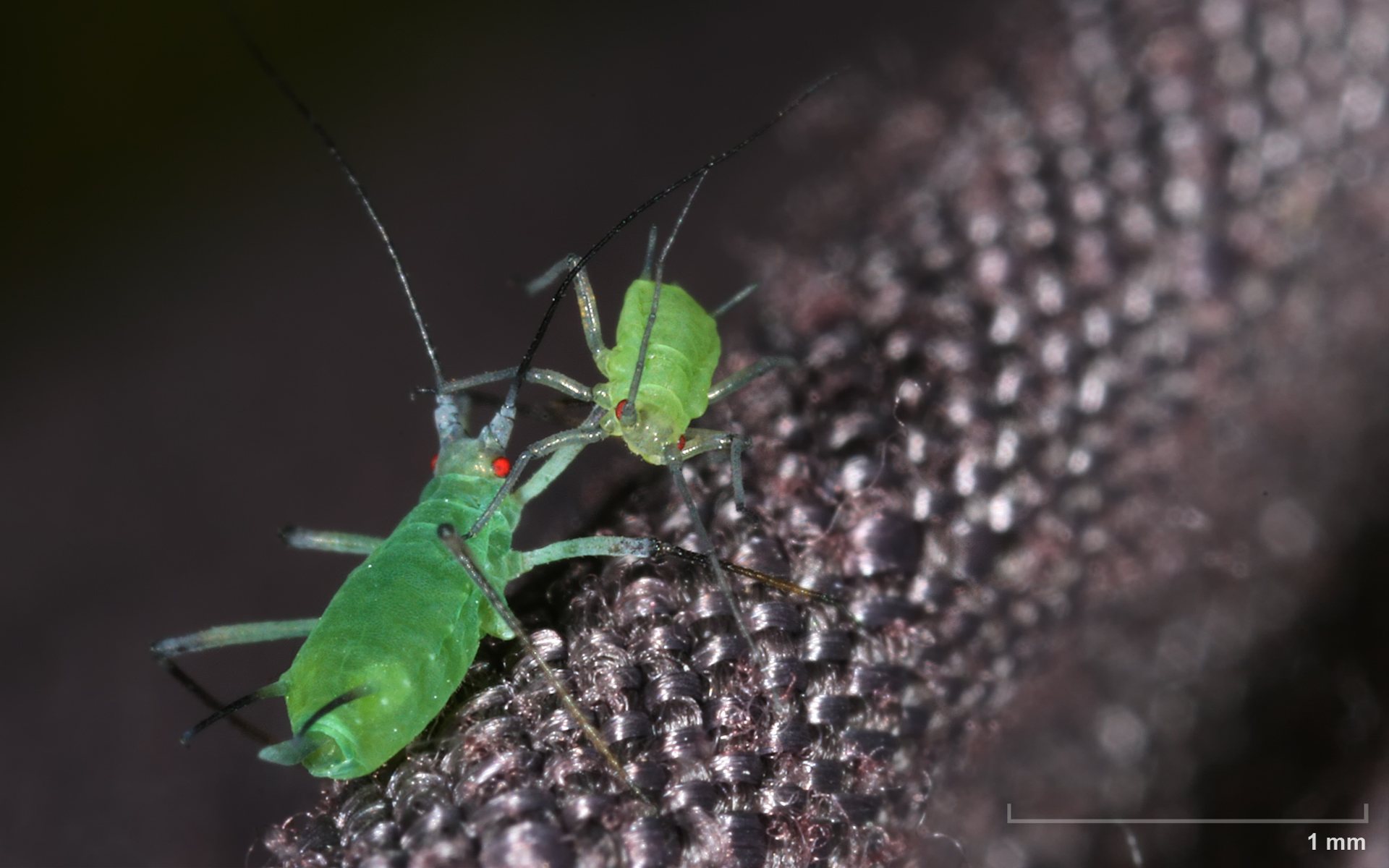
Aphids, small sap-sucking insects, are prolific reproducers that utilize a form of asexual reproduction known as parthenogenesis. During favorable conditions, female aphids can produce live offspring without mating, leading to exponential population growth. This reproductive strategy allows aphids to exploit abundant resources, making them successful agricultural pests quickly. The genetic uniformity of aphid populations poses challenges for pest control, as resistance to pesticides can rapidly spread. However, studying aphid reproduction provides valuable insights into evolutionary adaptation and the balance between sexual and asexual reproduction in response to environmental pressures.
8. The Whiptail Lizard: A Desert Anomaly

Whiptail lizards, native to the deserts of the southwestern United States and Mexico, are unique among reptiles for their parthenogenetic reproduction. In some species, all individuals are female, and they reproduce by cloning themselves. This reproductive strategy is thought to have evolved in response to the harsh desert environment, where finding a mate can be challenging. The genetic diversity of whiptail lizards is limited, yet they have thrived in their arid habitats. The study of these lizards provides valuable insights into the evolutionary trade-offs between genetic diversity and reproductive assurance in extreme environments.
9. The Jellyfish: A Cycle of Renewal
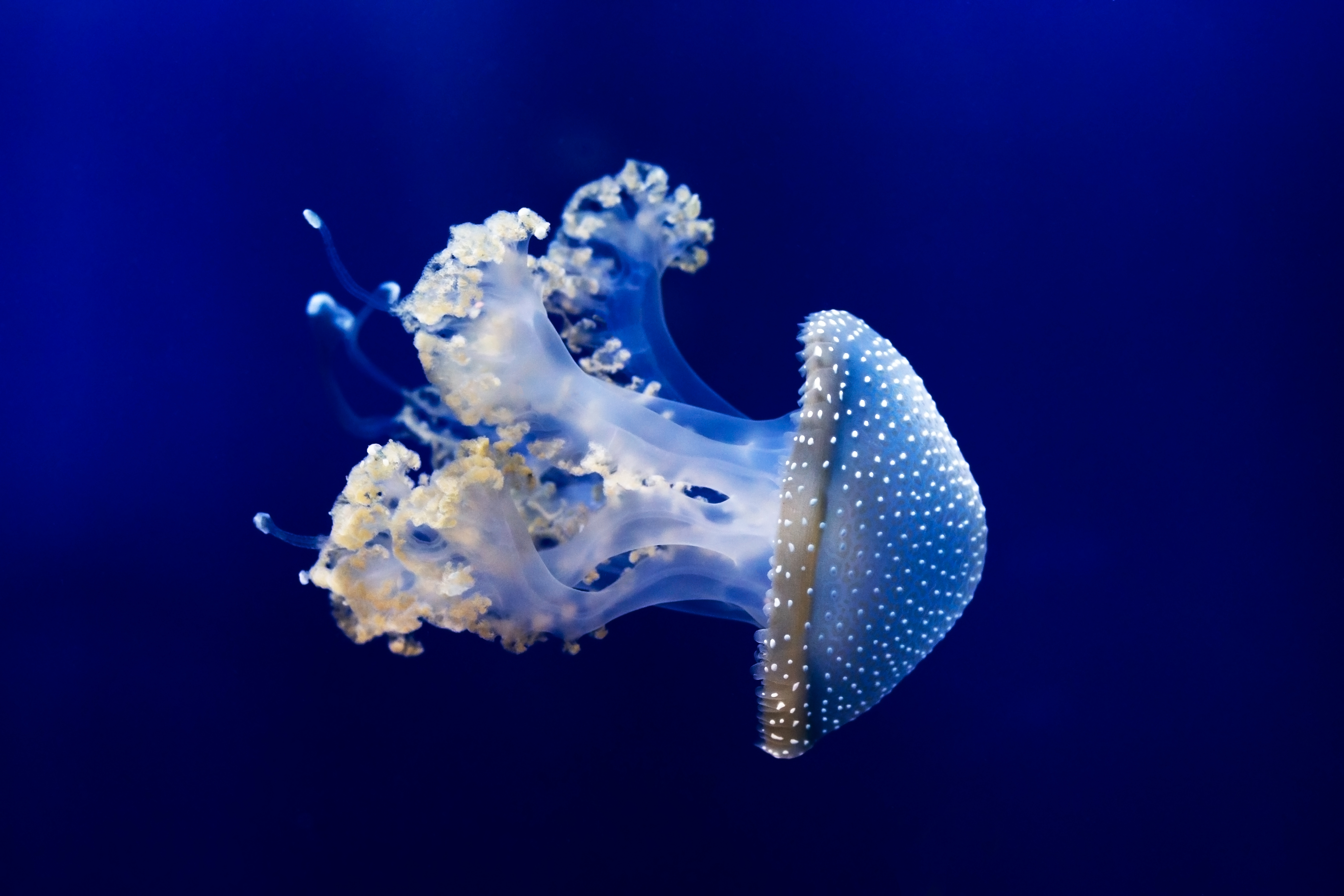
Jellyfish, with their ethereal beauty and enigmatic life cycles, are capable of asexual reproduction through a process known as budding. Certain species can revert to an earlier stage of their life cycle, effectively regenerating themselves in perpetuity. This ability to oscillate between life stages has earned some jellyfish the moniker of "immortal." The mechanisms behind this remarkable process involve complex cellular signaling and regeneration pathways. Jellyfish offer a unique perspective on the possibilities of biological renewal and the potential for extending organismal lifespans, providing a tantalizing glimpse into the future of regenerative science.
10. The Sponges: Ancient Architects of the Sea

Sponges, among the oldest multicellular organisms on Earth, exhibit a remarkable capacity for asexual reproduction through budding and fragmentation. These simple yet sophisticated creatures can regenerate from small fragments, ensuring their survival in diverse marine environments. Sponges play a crucial role in ocean ecosystems, filtering water and providing habitat for countless marine species. Their ability to clone themselves contributes to their resilience and adaptability, allowing them to persist through environmental changes. The study of sponges offers insights into the evolution of multicellularity and the fundamental processes that underpin complex life forms.
The natural world is replete with wonders, and the ability of certain animals to clone themselves stands as a testament to the ingenuity of evolution. From the depths of the ocean to the arid deserts, these creatures have harnessed asexual reproduction to thrive in their respective environments. Through their unique reproductive strategies, they offer invaluable insights into the mechanisms of life, regeneration, and adaptation. As we marvel at these incredible animals, we are reminded of the intricate web of life that sustains our planet and the endless possibilities that nature holds. By studying these natural wonders, we not only deepen our understanding of biology but also inspire future innovations in science and medicine.
